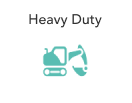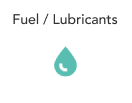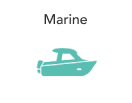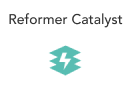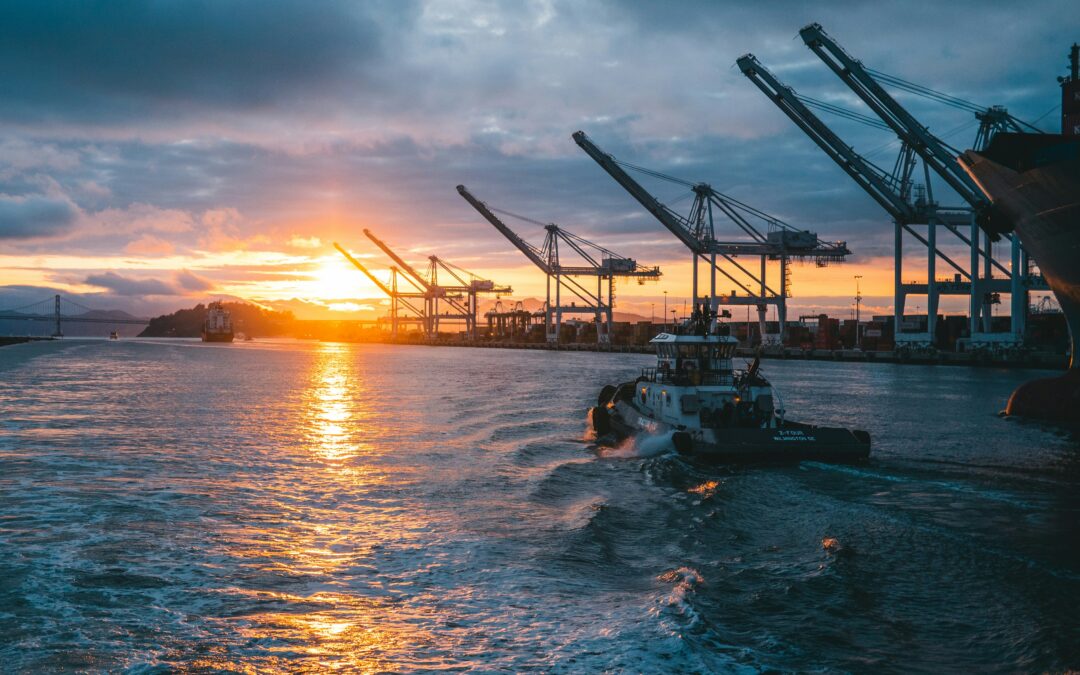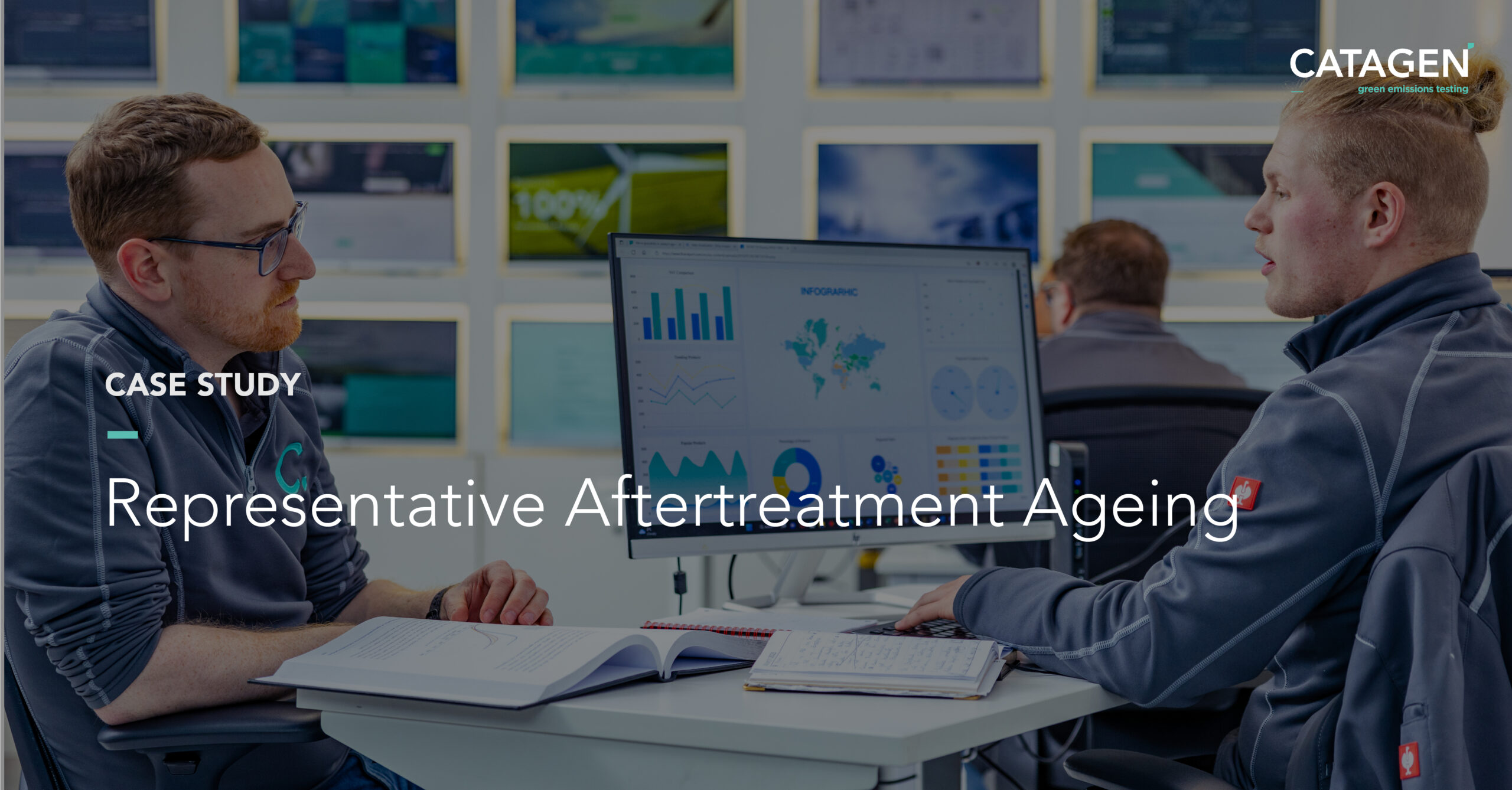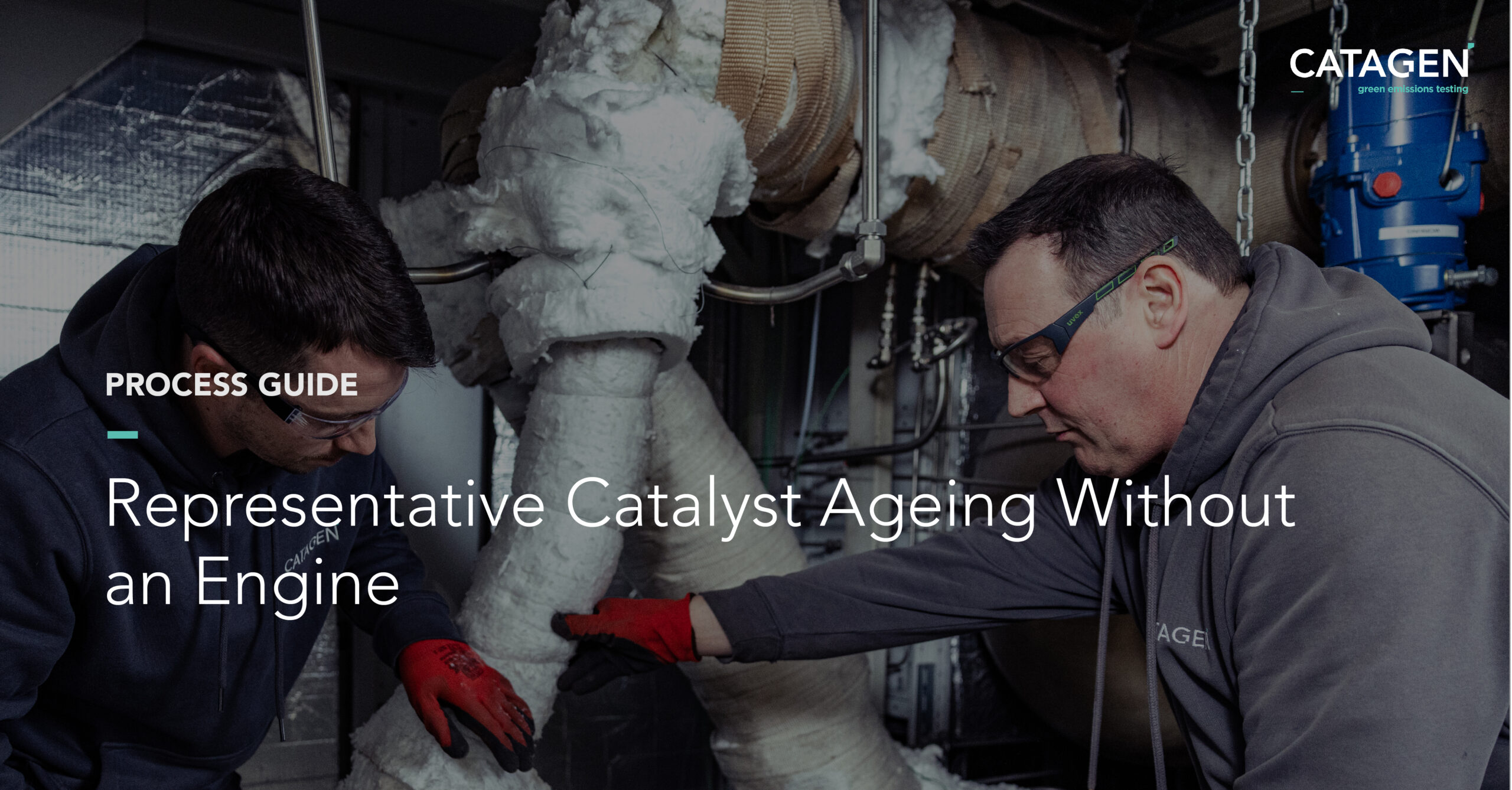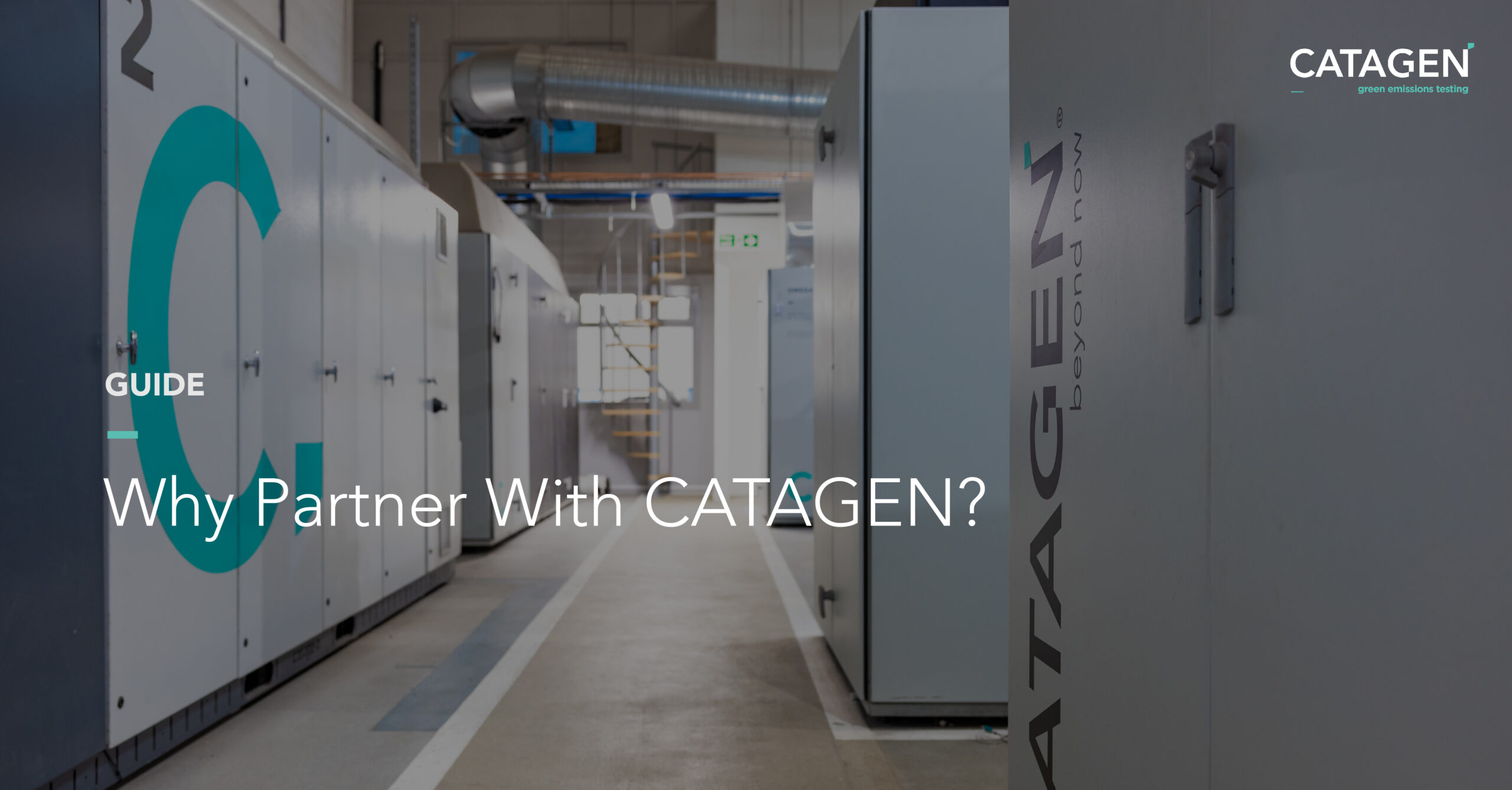By Kurtis Irwin , VP of Global Catalysis.
As the marine industry continues its transition toward cleaner, more sustainable propulsion systems, dual-fuel engines capable of operating on both conventional diesel and alternative fuels such as methanol (MeOH) are becoming an increasingly attractive solution.
These engines provide flexibility, improved emissions profiles, and an opportunity to gradually phase in cleaner fuels without requiring an infrastructure overhaul. However, this promising path isn’t without its engineering challenges.
The Methanol Opportunity—and Challenge
Methanol, especially when derived from renewable sources, offers a low-carbon alternative to marine diesel. It is sulfur-free, relatively safe to handle, and already used in some commercial shipping operations. Yet its combustion characteristics differ significantly from diesel. Methanol has a high latent heat of vaporisation and a low cetane number, which can make ignition more difficult. These factors drive the need for dual-fuel strategies, where diesel is used to support combustion while methanol contributes to the overall energy output, potentially displacing a high percentage of the diesel fuel used.
In practice, this means that dual-fuel methanol diesel engines must be designed to handle variable fuel mixtures, operate efficiently under a wide range of conditions, and meet strict emissions regulations. One of the key concerns lies in exhaust aftertreatment, specifically, how to handle new emission species introduced by methanol combustion, such as formaldehyde and unburned MeOH.
Enter the Oxidation Catalyst
To ensure compliance and environmental safety, a methanol oxidation catalyst (MeOC) is introduced upstream of the traditional SCR (Selective Catalytic Reduction) system.
The role of the MeOC is twofold: to convert toxic pollutants like formaldehyde into harmless by products, and to prevent interactions between formaldehyde and ammonia in the SCR system that could lead to hydrogen cyanide (HCN) formation, a highly undesirable outcome.
Choosing the right catalyst is critical. It must operate effectively at high space velocities and elevated temperatures, deal with varying exhaust flow rates and remain robust under methanol slip conditions.
Precision Testing: The Key to Real World Solutions
Testing these catalysts under conditions that truly reflect real world engine operation is not easy. It requires precision gas delivery, the ability to simulate complex exhaust gas compositions, including varying concentrations of methanol, formaldehyde, NOx, CO, and highly sensitive emissions measurement capabilities. Moreover, test facilities must support rapid iteration across multiple catalyst formulations to identify the optimal solution for both current dual-fuel and future MeOH engines.
CATAGEN’s Role in Accelerating Clean Marine Technology
At CATAGEN, we understand the intricate interplay between fuels, combustion, and aftertreatment. Our world-leading emissions testing facilities are uniquely equipped to support this type of dual-fuel engine development. We provide bespoke gas mixing capabilities that allow for highly accurate simulation of exhaust gas compositions, including formaldehyde and methanol, at realistic concentrations and flow rates. This enables our customers to test oxidation catalysts under precisely the conditions they will encounter in operation.
Our team’s deep expertise in catalysis also means we go beyond the numbers, we help interpret what’s happening inside the catalyst, identifying reaction pathways, slip profiles, and long-term performance characteristics. Whether you’re optimising for emissions compliance, minimising catalyst volume, or preparing for the transition to a fully renewable fuel, CATAGEN has the tools and know-how to support your journey.
Find our more about our services here

More content


